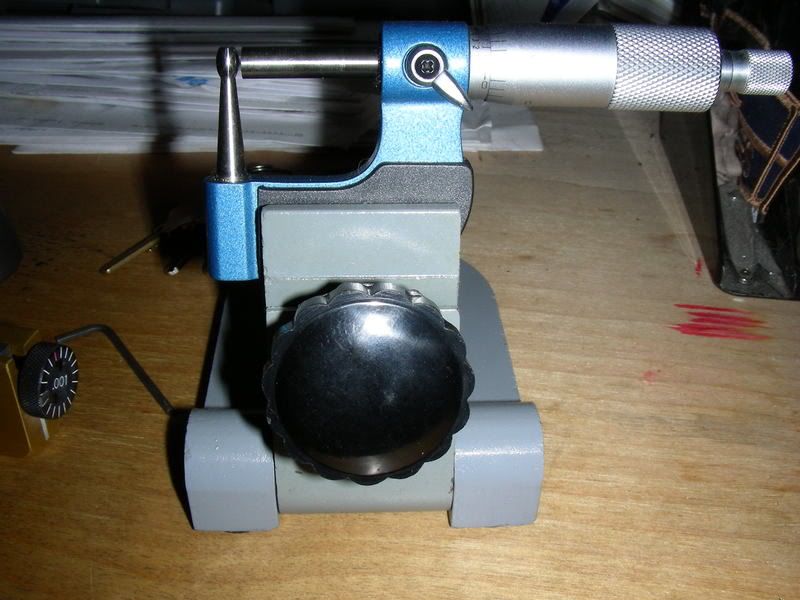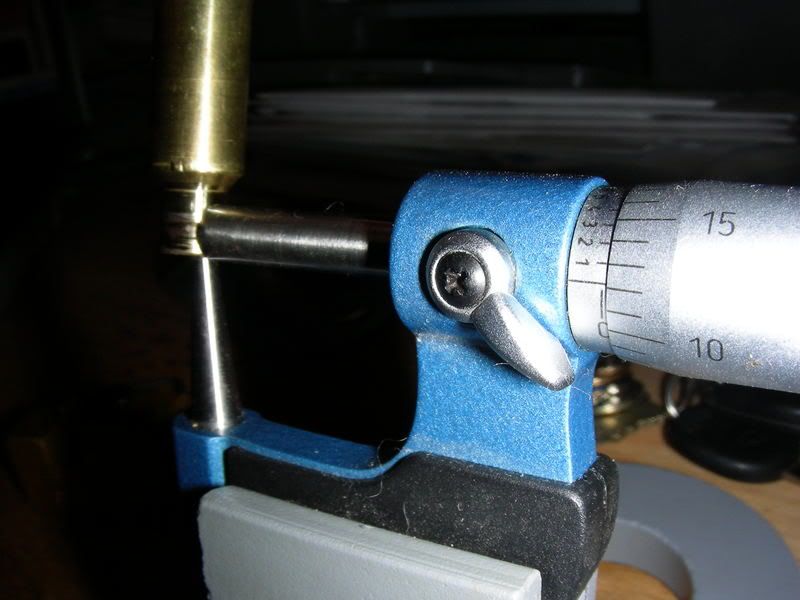Hate to disagree, but I don't think you normally want to machine the case heads that way unless you first indicate the runout of the inside of the head to show it is square to case axis. Otherwise that trim will make the head thickness uneven from inside to out, which makes the case stretch unevenly in the chamber on firing. It then becomes what Merrill Martin calls "banana shaped". He demonstrated such cases are less accurate than axi-symmetric ones, as you might imagine.
Case heads gets re-squared to the bolt face every time you fire the gun. If they are ejecting from the gun out of square, you have a bolt face that isn't square, are getting uneven bolt lug contact, have an off-axis chamber, or some combination of all the above. These are all common problems. They call for bolt face truing, lug lapping, or rebarreling or setting back and rechambering the existing barrel, respectively. The last approach requires taking a careful truing cut that follows the case taper with a boring bar in the old chamber first. That is needed to prevent the reamer from deflecting off axis while cutting the new chamber. How much you have to set the barrel back then is just however deep you have to go so the back end isn't over spec; whatever it takes to let the reamer mark the new chamber contour all over is best.
We had one fellow at The Shooter's Forum who had a combination of these problems that were so severe he could only rechamber a fired case if he put it in with the same headstamp orientation every time. If he rotated it 180°, he couldn't chamber it without a slamming the bolt hard. Once he had fixed the three items I mentioned, all was well and the cases came out true.


